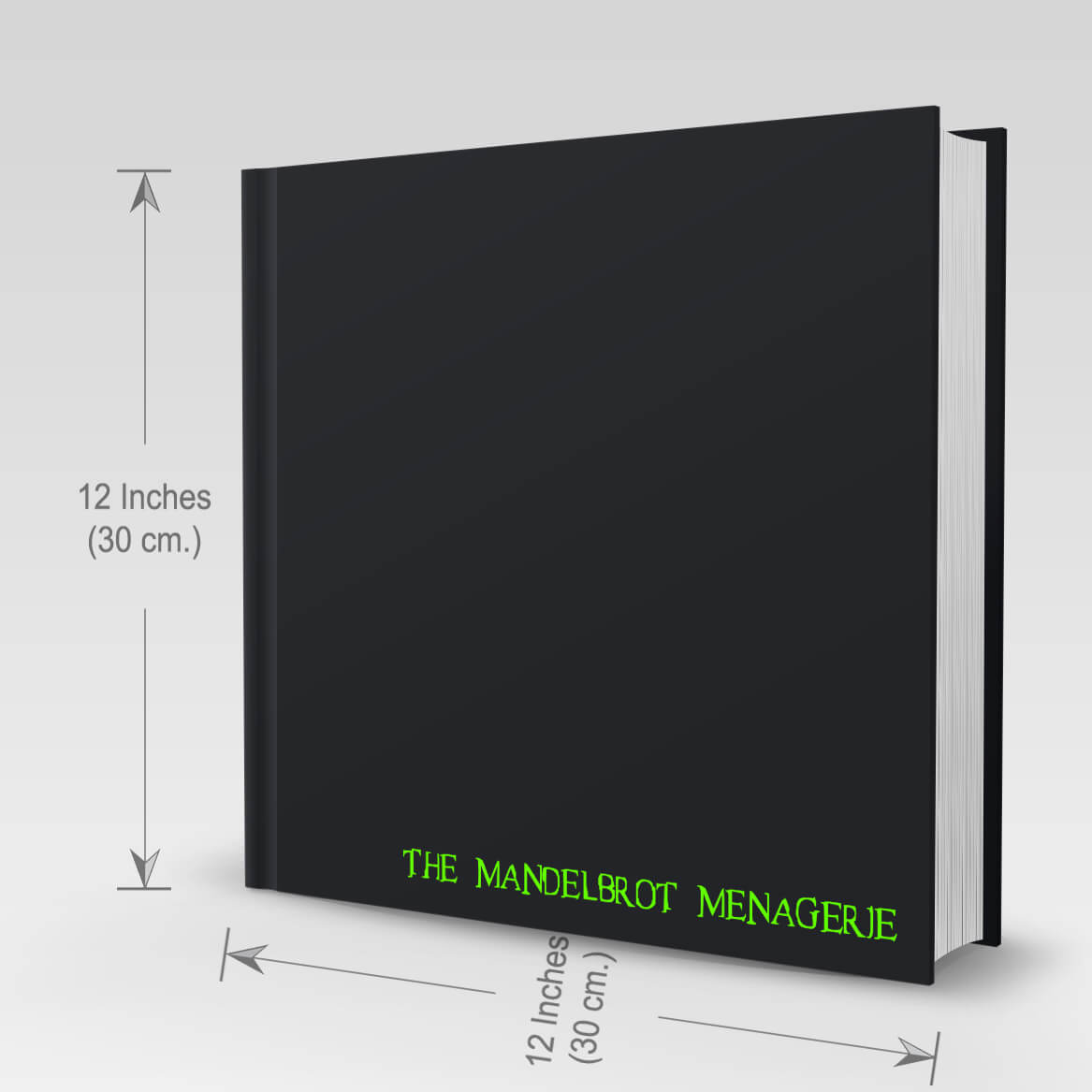Want to elevate your coffee table with something truly unique? Our coffee table book designing service in Navi Mumbai is all about blending artistic flair with a love for storytelling. We create bespoke books that don’t just look beautiful – they tell your story in style.
Whether you’re looking to preserve personal memories or craft a corporate masterpiece, our team in Navi Mumbai is here to design visually stunning, narrative-rich coffee table books that leave a lasting impression.
So, what’s a coffee table book exactly? Think of it as more than just a book. It’s an oversized, beautifully designed hardcover filled with stunning photography, captivating illustrations, and content that tells a story. Perfect for display in your home or office, these books double as conversation starters and even pieces of art.
To celebrate India's cultural diversity, we offer PoSH posters and videos in multiple Indian languages, ensuring a personal touch for every workplace.
Let’s create something that’s as unique as you are – ready to get started or read out our easy to undertand FAQs on coffee table book designing.
Call our CEO; Pashminu Mansukhani or better WhatsApp him!
A coffee table book is more than just a book; it's an oversized, beautifully designed hardcover filled with stunning photography, captivating illustrations, and content that tells a story. Perfect for display in your home or office, these books double as conversation starters and even pieces of art.
Key Features of Their Coffee Table Books:


Ever wondered what makes a coffee table book so much more special than a regular photo album?
Coffee Table Book: Designed for aesthetic appeal and as conversation pieces, often featuring high-quality images on various topics with limited text.
Photo Album: Organizes personal photographs, focusing on personal content, usually smaller and more compact, and often more private and sentimental.
In summary, the key difference lies in their purpose and content. Coffee table books are designed to showcase visually stunning images on a specific topic. Photo albums, on the other hand, are personal collections of photographs, often organized to preserve memories like weddings, birthday parties, vacations etc. While coffee table books are meant for public display and appreciation, photo albums are more private and sentimental in nature.
If you're ready to create a coffee table book that's as unique as you are, we are ready to assist. You can reach out to our CEO Pashminu Mansukhani or better WhatsApp him!